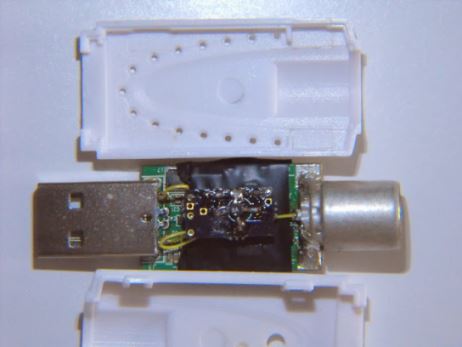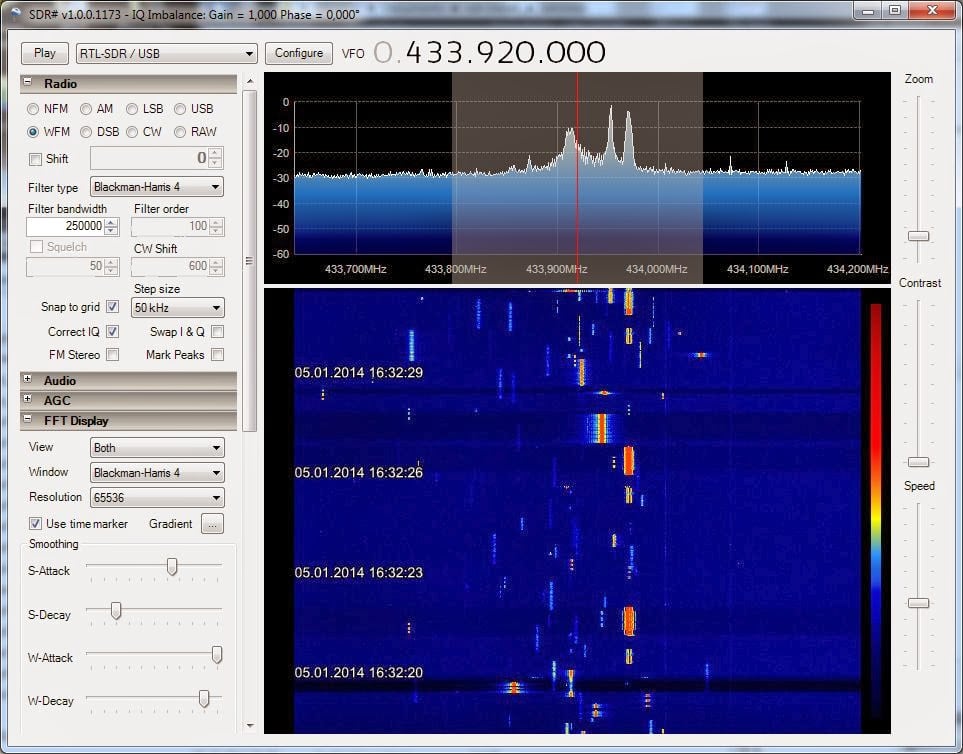YouTube user mutezone has uploaded a video showing some data communication packets from the International Space Station (ISS) being received with the RTL-SDR. To receive the packets he used SDRSharp, and piped the audio using a virtual audio cable to the Qtmm AFSK1200 Decoder.
I tried to get the ISS (International Space Station) data comms on 145.825 MHz while the satellite was in orbit close to my location & it worked, even though it can go off frequency due to atmospherics & such. On this day, I caught it when it orbited twice around my location in the space of almost three hours. The data comms was decoded on the 2nd attempt. The antenna I used was an omni placed outdoors, & also using a TV + radio signal booster.
For anyone interested in getting the ISS, you have to wait until it orbits close to your location, & I fully recommend a decent aerial that should be placed externally. You can check the ISS tracker websites to see live updates of when & where it will orbit. Here is a link to one website…
http://www.isstracker.com
List of frequencies link…
http://www.issfanclub.com/frequencies

